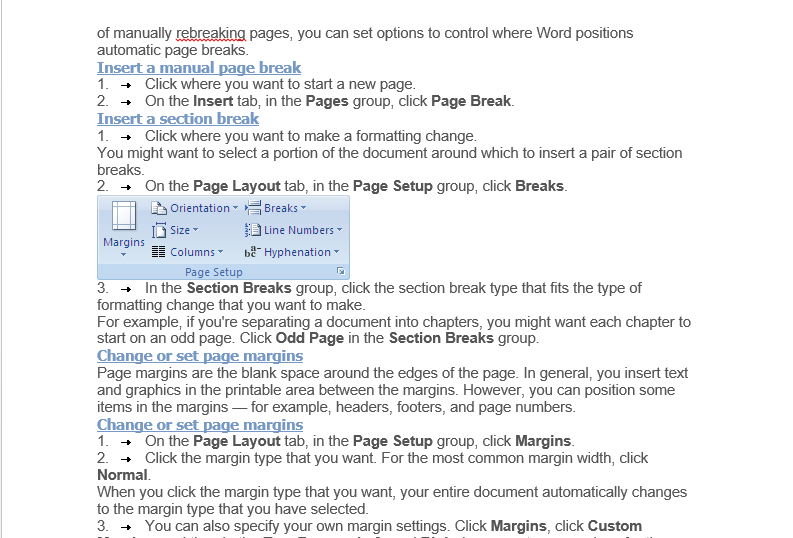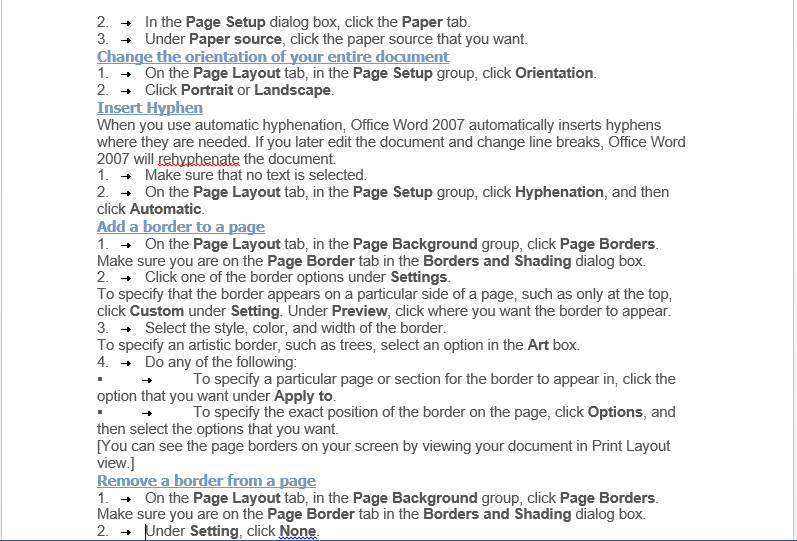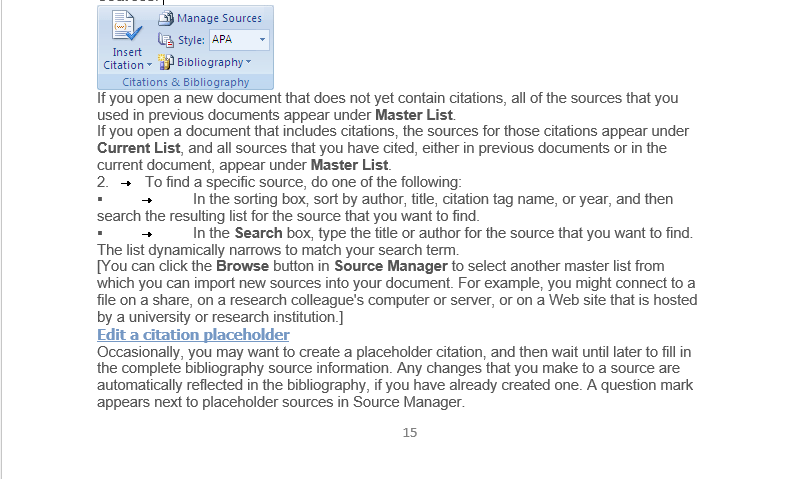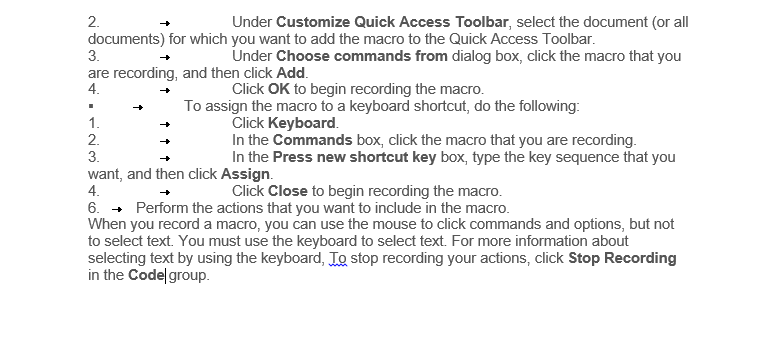Basic Computer
Basic Computer kasari sikne hajur haru ko yo samasya ho bhane aajai dya khi yo page ma sampurna jankali lina saknu huncha matra 30 minutes maa tara aauta kasam khanu ni yo book 30 minutes ma pardna sak chu ra yesma lekheko sampurna jankari lai practical garnu huncha matra pratek din na chutaekana bhane ma guarantee dinchu hajur computer ko barema kunai samasya aaune china . aaba chinta hoina parisram garnus ma hajur ko sabai samasya lai halgarne chu . hajurlai book provide garera yaha jankari diyera ani video haru pani pradan garena . tara aauta shurt cha ki hajur yo book padera aafno samasya pokhna na bhuulu hola
Fundamental of Computer: -
The term
"Computer has been derived from Latin word Computare" which means –
calculate. Similarly, in English language Calculate means to do mathematical
operation. So, Computer is an electronic device which accepts raw data, processes
it according to the specific instruction and gives the result as new
information. This is also a digital operating device. But, the computers
originated with a huge size and extreme processing capabilities.
Symbol
and their meaning
Symbol
|
Name Of Symbol
|
\
|
Backward
Slash
|
/
|
Forward
slash
|
!
|
Exclamation
|
&
|
Ampersand
|
#
|
Hash
|
*
|
asterisk
(star)
|
:
|
Colon
|
;
|
Semi
colon
|
@
|
At
the rate
|
$
|
Dollar
|
Screen (VDU) è Monitor
is also output device called display
unit. VDU
stand for visual display unit.
CPU (Central
processing unit) è it is a main part
of a computer. It is also known as system box (brain box). There are central
unit (C.U) arithmetical and logical unit (ALU) and storage unit (main storage
in a CPU.)
Printer à printer is an out
put device which is use to print a document.
Mouse à input device
Characteristics of Computer:
Ø Speed-It can carry out the computation very fast.
Ø Accuracy-The results generated by computer are very accurate.
Ø Versatility-It can process multiple types of data.
Ø Automatic-If instructions are given correctly, it can work
automatic.
Ø Storage-It can store a huge amount of data.
Ø Diligent-It is very hard-working in its work.
Software:
Software is a set of program which is used for different purpose.
It is also defined as the program concerned with operation of the hardware in
the data system.
Types
of Software:-
The software available in any computer
can be divided into two types:
v System Software:-The software required for running user program is known as
system software. System software is the collection of the programs written for
computer, which allows the user to develop and run programs.
Mainly system software is divided into two parts:
1. Operating system is a program:-which
controls overall operations (activities) of the computer. It is the media point
between the computer and operators, dos, UNIX, windows are the example of
operating system.
2. Utility program:-
Utility program are those programs, which are used for managing files or
folders, working with files or folders
or drives and developing writing and testing the programs.
v Application software:-The software written for special purpose (specific) in a specific
language is known as application software. These programs perform certain task
with respect to related program MS-Word, MS-Excel, MS- PowerPoint, adobe
PageMaker, freehand, Photoshop, and AutoCAD are the examples of application
software.
Input: Through which user can insert data or through which user can give instruction
is called input unit. E.g. Keyboard, Mouse, Scanner, Microphone.
Process: Process is the manipulation of
data as per given instruction.
Memory: The capability to store the
data is known as computer memory. Programs and data are stored in the
memory unit of the CPU during processing. Memory consists of storage locations.
Memory
can be classified into 2 types:
1)
Primary memory: - It is also called the main
memory or the central memory. This memory is resident (attach) on the
motherboard. There are two types of primary memory:-
a) ROM (Read Only
Memory):-It is
permanently in built into the computer at the time of its production. It stores
a set of instruction and instructs the computer how to work. The user cannot
change these instructions. ROM is non-volatile, that is, when computer goes off
this instruction is not lost.
b) RAM
(Random Access Memory): - It is
short-term memory of volatile memory. That is, when the computer is switched
ON, the memory, which available to use is RAM, but when the computer is
switched OFF, all the information disappears. RAM is temporary whereas ROM is
permanent memory. It is read/write, memory i.e. user
can either write on to this memory or read from it.
2) Secondary memory: - The
secondary memory is the external memory. Secondary storage
allows string large volumes of data. The contents of secondary storage are not
lost when the power is turned OFF.
Secondary
storage devices:
a. Hard Disk:
Hard
disk is a large capacity, permanent storage area that offers access to the
information stored on it. Hard disk is always fixed in the computer and cannot
be removed. Huge number of data can be stored in this type of storage media.
b. Floppy Disk
Floppy
disks are magnetically coated disks on which information; both programs and
data typed from the keyboard, can be stored and retrieved. It is also called
portable disk drive.
c. CD-ROM (Compact disk Read Only Memory):- It is
non erasable disk used for storing computer data.
3.
Control Unit:-
The control unit
directs all operations inside the computer. It is known as nerve center of the
computer because it controls and co-ordinates all hardware operations.
4.
Arithmetic Logic Unit (ALU):- It operates on the data available in
the main memory and amends them back after processing once again to the main
memory.
Output:
Output is the processed data. It is also called result. E.g.
Printer, Monitor/ Screen, Speaker.
Data: - Data is just like raw material which provides some meaningful
result after processing.
The desktop
The most
important change in windows 95/98, 2000, XP over earlier versions of windows is
new interface called desktop. Desktop is the backdrop on which windows and
icons of disks and applications reside. When you open a program or file, it
appears in a window on the desktop.
Icons
Icons are
symbols or pictures that represent documents, applications, folders, devices
and others. Initially you will see at least four icons on your windows 95/98,
2000, XP desktop.
My computer icon on the desktop opens a view into the
resources of local computer.
Recycle bin is a holding place for all the deleted objects.
Network neighborhood icon is available, if the
computer is part of a network or is equipped so it can be connected to one at
some point.
My document icon it is use for default save location and to
save document.
Taskbar :- The taskbar is long horizontal bar located at
bottom of screen when you start window for the first time. By default, they are
always visible when a window is running.
Starting with the start menu.
When you click the start button, you see a
menu that contains everything you need to begin using window.
Programà Display a list of programs you
can start.
Documentsà
Display a list of documents that
you have opened previously .It can list 15 documents/program only.
Settingsà Display a list of system components for which you
can change settings.
Find/ searchà
Enables you to find a folder file, shared computer or mail message.
Helpà Allows using help to find out
how to do a task in windows.
Run à
execute a program, when you type
filename or command.
Shutdown/ turn off à
Shuts down or restart your computer or close computer.
Windows components
A window
is a rectangular area on the screen that represents a folder on the desktop. A
running program or a document or dialog box in program.
a. Title bar
The title
bar is located at the top of the screen. It displays the name of the
application or document.
b. Control
Menu box.
It is
located, or in the upper left corner of each screen. It opens a control menu
(also called system menu) containing commands to control the location, size and
status of the windows.
c. Menu bar.
A one
–line horizontal menu at the top of the screen below the title bar is called a
menu bar. It contains a list of options such as file, edit, window, help etc.
this makes it easier to learn new applications.
d. Scroll bar.
A scroll
bar is a bar that appears at the bottom and right edge of a window whose
contents are not entirely visible.
e. Work space.
Work space
is the part/ portion of a window that is inside the frame and under the title
bar and menu bar. This is also called client area.
f. Maximize button.
Maximize
button displayed at the centre of the three buttons, displayed on the right
corner of the title bar. When you click on the middle, button the window will
become the full screen size of your desktop.
g. Minimize button.
Minimize
button collapse a window and makes it disappear from the screen, if want to
open a new window while working in another window, you need not close the
current window.
h. Restore button.
When a
window is maximized, its maximize button is replaced by a restore button.
I. Close button.
You can close any window, which is currently
open by clicking on the close button.
About mouse:
Point: - : Place the mouse pointer to the
specified object.
Click: - press and release left mouse
button.
Right
click: - Press
and release right mouse button.
Double
click: - press
and release left mouse button twice quick.
Dragging
and dropping:
- place the mouse pointer on the object and press mouse left button, hold it
down and move to specified location and drop it.
How to open a program?
Click on
start button.
Point to
program.
Click on
specified program which you want to open.
How to
close a program?
Click on
close button.
Or
Choose
file > exit from menu bar
Or
Press Alt
+F4 key
Or
Right
click on title bar and choose close from menu.
Or
Click on
control menu box and choose close
To open a document:
Click on
start button.
Click on
document.
Click on
required document which you want to open.
Creating folder in desktop:-
Right
click on blank area of desktop and choose new.
Click on
folder option.
Type new
name for the folder and press enter key.
Creating
new folder into an existing folder:-
Double click on a folder.
Choose
file > new > folder
Type new
name for the folder and press enter key.
Selecting multiple
object (folder, shortcut, doc file) à
Click on
the object to select an object.
to select
different object, hold down ctrl key and click on different object
To select
different object continuously, hold down shift key and drag the mouse pointer
near the specified object.
To select
all objects at a time, press ctrl+A.
Deselecting object à
To
deselect all objects, click left mouse button on empty area.
To
deselect different object press ctrl + clicking.
To invert
the selection, choose edit > invert selection.
Opening object à
Double
click on the object
Or
Right
click on the object and choose open.
Or
Select the
object (s) and choose file > open.
Or
Select the
object and press enter key.
Renaming object à
Right click on the object and choose rename and type new name for the object
and press enter.
Or ,
Select the object and choose
file> rename and type new name for the object and press enter
key.
Or
Click on
the name of the object, click again and type new name for the object and press
enter
Key.
Using recycle bin à
To get
deleted objects back again or to delete objects permanently.
Double
click on recycle bin icon shows temporarily deleted objects
To undelete objects & restore them to their
original locations.
Select the objects then right click &
choose restore or, choose File > restore from menu bar.
To
undelete objects & put them wherever you want, select the objects then find
the place where you want them to appear & drag them to appropriate spot.
to delete
objects permanently from recycle bin & the disk, select the objects then
right click & choose delete or , click on the delete button in the tool bar
or , choose file > delete from the menu bar. Choose Yes to delete the
object.
To delete
all objects permanently at a time, right click on the recycle bin icon on the
desktop & choose empty recycle bin from property menu or, choose Yes to
confirm the dead.
To restore
the most recent deleted objects from the recycle bin to their original
locations, choose Edit> undo delete from the menu bar or, click on the undo
delete button in the tool bar.
Copying
& Moving objects or files/folders :
1. Select
the objects which you want to copy or move.
2. press
ctrl + C or, Choose Edit > Copy or, Right click & choose copy ( for
copying the objects)
3. Press
ctrl + X or, choose Edit > cut or right click & choose cut (for moving
the objects).
4. Open the
destination folder & select the place.
5. Press
ctrl + V or, Edit > paste or, Right click & choose paste (to copy or
moved the objects.)
Browsing
with my computer
1. Double
click on my computer icon.
2. double
click on drive letter(A: or C: or D: etc)
3. Double
click on folder & sub folder until required folders or files are not found.
Move, copy, delete and rename the objects as
required
To
display the properties of the objects
To
display the properties ( type of object, creation date, location, name, size,
modification date, attribute- hidden, read only, system, archive etc.) of the
selected object.
Select
the object.
Choose file > properties or,
choose properties button from tool bar.
Arrange
icons in different order
- choose
view > arrange icons> name (name wise alphabetic order)
- choose
view > arrange icons > size( size wise order-smallest first)
- choose
view > arrange icons > date (date wise order – smallest first)
- choose
view > arrange > auto arrange (automatic order)
OR
Right click on blank space >
choose arrange icon by> choose the style you like.
Finding
files or folder.
1. Choose
start> Search > files or folder.
2. Click on
All file and folders.
3. Select
name and location tab (if not selected).
4. Click
the named box. And then type the name of files or folder (partial or full name)
you want to find.
5. Specify
where to search. Click the arrow next to look in box, or browse.
6. Click
the find now button to start the search.
7. Click
the new search button and ok button to clear the current search.
About
Mouse:
To change the mouse settings
Buttons
1.
choose start >settings > control panel
2.
or
3.
Double click on my computer icon &
double click on control panel.
4.
Double click on mouse icon.
5.
If buttons tab is not selected, select it.
6.
choose buttons configuration ( right handed
or left handed)
7.
change double click speed (slow or fast)
8.
Click ok button.
Display
of Desktopà
Background: to change the background
of desktop.
1. Right click on desktop & choose
properties.
2. If
background tab is not selected, select it.
3. Choose
wallpaper option from drop down list (ed. Clouds forest etc.)
4. choose
display option (tile or center or stretch)
5. Choose
pattern option from drop down list & then click on edit pattern button.
6. Under
pattern editor, change the pattern & click on change or done button.
7. Click on
ok button.
Screen
saver:
To apply screen saver:
1. Right
click on desktop > click on properties.
2. Select
screen saver tab.
3. Choose
screen saver option from the list (e.g. - flying window, 3D text.)
4. Click on
setting button (especially for 3D text. Or scrolling Marquee)
5. Type the
text in text box.
6. Move the
size speed & resolution slider left or right.
7. Double
click format buttons & choose font, font size and color.
8. Click on
ok button twice.
9. type
minutes in minute box (wait)
10. Click on
preview button to show screen saver.
11. Click on
ok button.
Appearance:
To change the appearance of windows:
1. Right
click on desktop > click on properties.
2. Click on
appearance tab.
3. Choose
one item from item list (desktop, menu, icon etc.
4. choose
one scheme from scheme list (windows standard, rose, pinks)
5. Choose
color from color list, font from font list, size from size list & click on
ok or apply button.
Settings:
1. Right
click on desktop > click on properties.
2. Click on
settings tab.
3. Choose
color palette from color palette list.
4. Change
the default desktop area with the help of slider.
5. Choose
font size from the list.
6. click on
advance properties for advance display properties ( adapter, monitor &
performance)
7. Click on
ok or apply button.




































































No comments:
Post a Comment
thank you dear , If you have any doubts , Please let me know